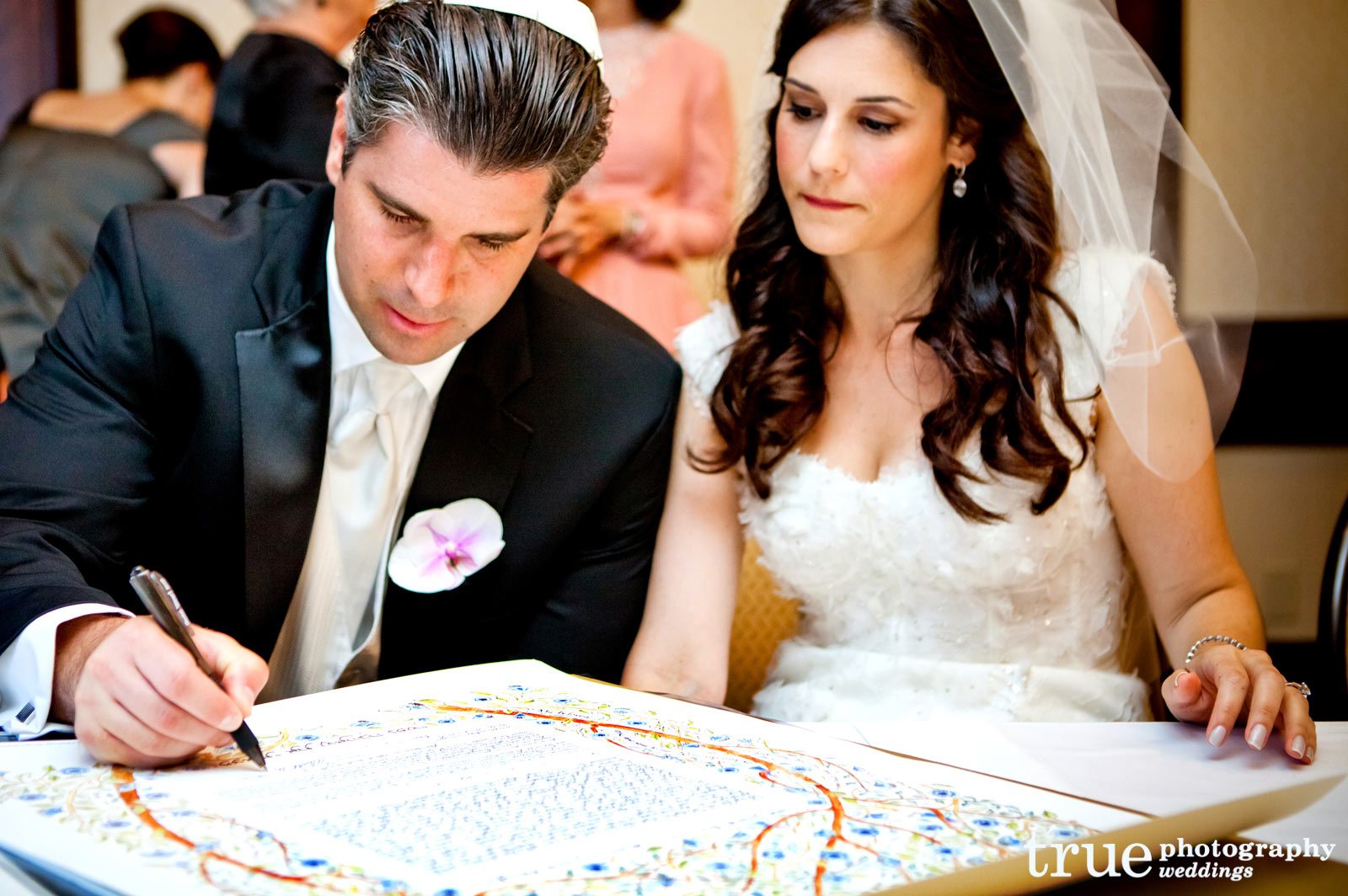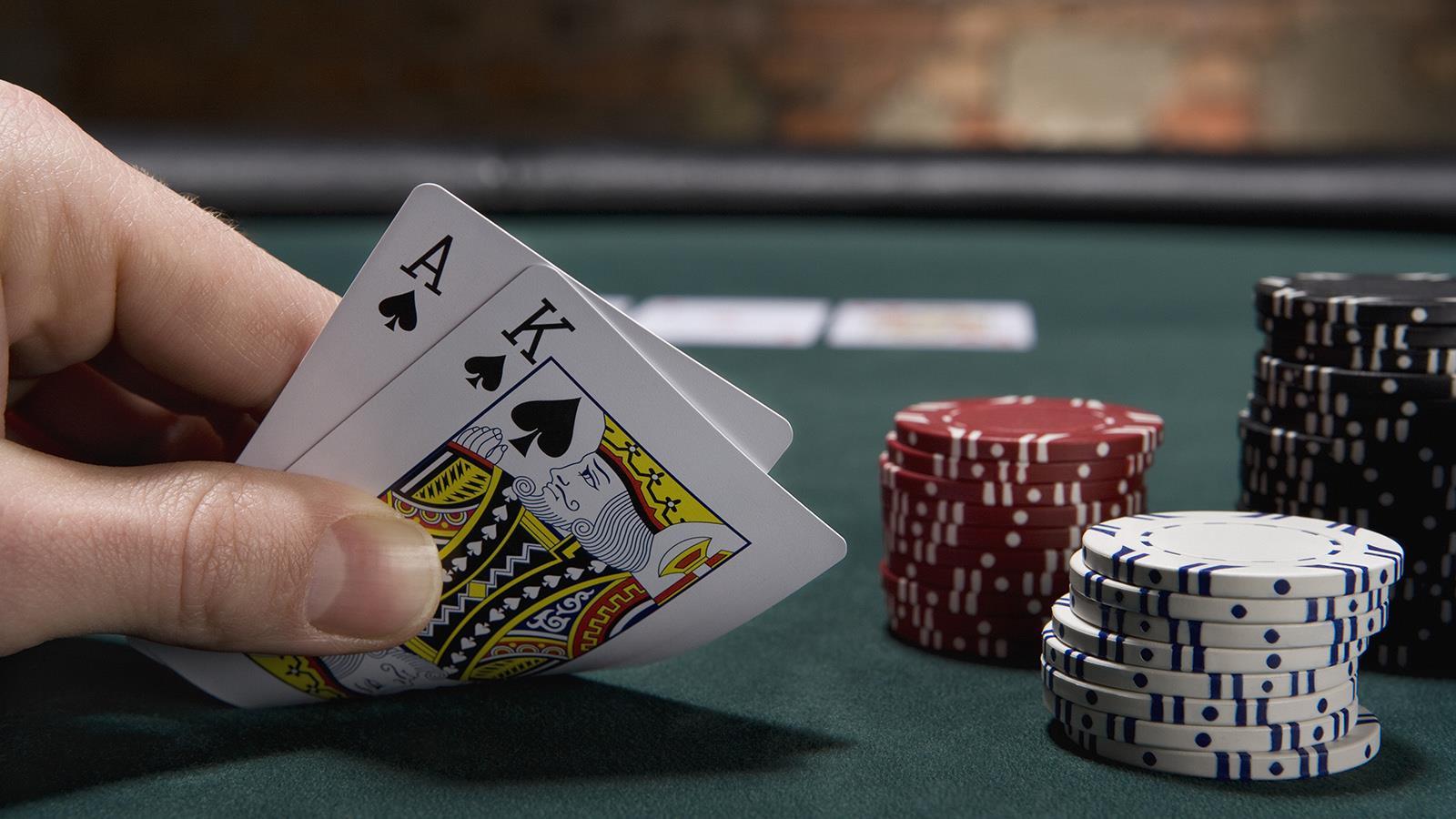In Jewish culture, custom ketubahs are a longstanding tradition. Couples choose them to reflect their commitment and style.
While traditionally a legal document, the modern ketubah holds a deeper meaning. It remains a binding contract, but its design and wording have evolved to fit contemporary lifestyles.
What is a Ketubah?
A Ketubah is a contract for Jewish marriage, written in Hebrew, Aramaic, or sometimes the couple’s language, and occasionally Yiddish or Ladino depending on the location.
The word “Ketubah” means ‘to write’ in Hebrew, showing it’s about marriage. The traditional one is on parchment with ink, while modern designs come as templates, featuring intricate designs and symbols.
During a Jewish wedding, the Rabbi presents and reads the Ketubah, which is then signed by witnesses, and optionally by the couple and Rabbi. The traditional contract includes the husband’s commitment to financially support his wife, show affection, fulfill her needs, and provide food and clothing.
Today, couples are shifting towards personalized values in their Ketubah, emphasizing mutual vows and agreed-upon terms. In Israel, the Ketubah remains a legal document in civil courts only.
What Does The Ketubah Contain?
The ketubah has parts about the wedding date and the names of the bride and groom. It also lists what the groom must do for his bride financially and in their marriage.
Some believe the ketubah is a contract between husband and wife, but it’s not. No one needs to sign it. Instead, two witnesses sign to confirm the groom has met the conditions.
Some believe the ketubah means a man buys his wife, but Jewish law says otherwise. There’s no ownership between spouses. It sets financial conditions for the wedding to happen legally.
The History of Ketubah
The ketubah is similar to a prenuptial agreement. It lists a husband’s duties to his wife, protecting her if they divorce or he dies. This goes back to Biblical times when grooms compensated brides’ families for their loss.
Initially, this compensation was called mohar. Over time, economic changes led to the emergence of dowries. The ketubah evolved to document these agreements, ensuring women’s rights. The oldest known ketubah dates back to around 440 B.C.E. in Egypt. Its text was formalized in the 1st century B.C.E. by the Sanhedrin, mainly by Rabbi Simeon ben Shetach.
Despite changes, the ketubah remains similar to its original form. It’s written in Aramaic, a language for legal matters at the time. An entire Talmud tractate discusses its intricacies.
Ketubah’s Origins in Jewish Marriage Tradition
Around twenty-five hundred years ago, in Egypt’s fifth century, the first recorded Jewish marriage contract, or Ketubah, emerged. It wasn’t until almost a thousand years later that this agreement became an official part of Jewish marital customs.
The Ketubah served to safeguard the Jewish wife, ensuring her distinct status from that of a concubine. Men were required to have a Ketubah to live with their wives.
Early Ketubahs detailed property, money, shelter, food, clothing, and other provisions gifted to the wife upon marriage, securing her welfare even after her husband’s passing.
Throughout history, Ketubahs have remained integral to Jewish weddings, initially sewn into the bride’s dress and now presented by the Rabbi to the wedding party.
Contemporary Adaptations and Personalizations of Ketubahs
Ketubahs have changed a lot from the past. A modern ketubah is now an artistic representation of a couple’s love. Couples can customize them in many ways, showing their relationship and beliefs. Today, one big change is the option to change the words. Unlike before, couples can now make the language match what they believe and hope for in their marriage.
The look of ketubahs has also changed. Couples can choose from many styles, like nature themes or symbolic pictures, to match what they like. They can go for simple or detailed designs, showing who they are and their journey together. Besides, modern ketubahs are more open to different languages and cultures.
Couples from diverse backgrounds can mix languages or symbols, respecting their heritage while embracing new ideas. Artists take time to understand the couple, incorporating details of their lives subtly into the ketubah. They offer ideas to ease the process, resulting in a modern ketubah that reflects the couple’s individuality and celebrates their union.
Ultimately, a personalized modern ketubah is a timeless reminder of a couple’s bond, capturing their relationship in a beautiful document.
Ketubah Elements of Significant Importance
The Mitzvah, or commandment, lies at the heart of Ketubot, embodying traditions and vows that make each Ketubah unique. It serves as an official record of the Jewish wedding, noting the date, location, and names of the bride, groom, and their parents.
Signatures from chosen witnesses, not relatives, are required, with the groom, bride, and Rabbi optionally signing. Some Ketubahs start with a Hebrew prayer, blessing the couple and their families.
The artwork in traditional Ketubahs, both ancient and contemporary, is stunning, reflecting the love and honor of Jewish faith and culture alongside the couple’s bond.
Signing the Ketubah: The Ceremonial Factor
The ketubah signing is a crucial part of a Jewish wedding, happening before the main ceremony with family and friends present. The Rabbi reads the ketubah aloud, highlighting the couple’s commitment and duties.
The groom signs first, followed by the bride and witnesses, symbolizing their agreement to honor their vows. In numerous Jewish households, the ketubah is prominently displayed, serving as a constant reminder of their commitment and shared values. It symbolizes love, trust, and partnership, adding beauty and reverence to their home.
A handmade modern ketubah enhances this meaning through art, serving as a lasting reminder of their bond in marriage and in life.
The Ketubah in Today’s World
In Jewish weddings, the tradition of the ketubah remains strong. Nowadays, artists offer ketubahs in English, tailored to couples’ personal preferences. With the rise of interfaith and same-sex unions, ketubahs now cater to diverse choices. Some include multiple languages like Spanish or Chinese to honor both families. Couples also opt to write their own vows and poetry, adding a personal touch to their ketubahs.



